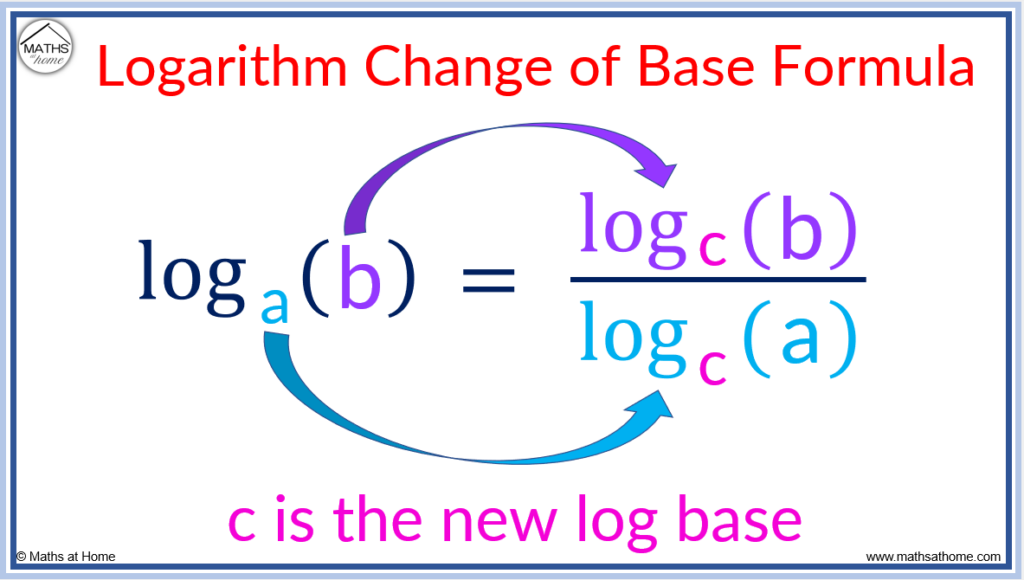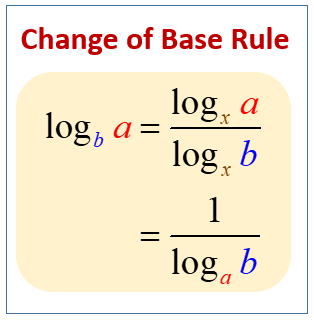

He arrives at the similarity transformation 11 minutes into the video. The underpinnings of this transformation are actually simple to compute and understand, but difficult to explain, so here I’m going to direct you to the 3Blue1Brown video on change of basis. On Wikipedia, you will find the formula above, but accompanied by a far more inscrutable description than Eberly’s. What I ultimately found was the text book definition of change of basis. While logical, seemingly correct, and only requiring four matrix multiplies in three special cases, it was difficult for me to see how it generalized and I didn’t want to blindly apply the formula without really understanding what I was doing.įrom linear algebra, I knew that what I really wanted was to perform a change of basis, so I set out to find some mathematical foundations for that instead. Perhaps you’ve also stumbled across this document by David Eberly. Oh hai, a lot more than just the Z translation is inverted! We now see the six multiplies I claimed above and clearly, this is not equivalent to multiplying Z by -1, but why is this solution correct? To understand why this is incorrect, it helps to look at the effect of a proper change of basis on a matrix of ones: x x = ] ] ] ] This *appears* to do the right thing when inspecting positions, however it fails to account for rotations and sheering. Before finding the fully general solution, I spent way too long flailing around with the wrong solution, in which I attempted to simply invert the Z coordinate of all values. Quest for FireĪnyone who has needed to interchange data between DirectX and OpenGL has felt the pain of needing to change basis between the two coordinate systems.

You may ask yourself, “but can’t I avoid all these multiplies by using one weird trick?” Well yes, but it’s actually two tricks and it comes at a cost but before diving into tricks, let’s first agree that the change of basis is the correct general solution. If the asset is animated, you may also need to do this every frame. directional vectors which are parameters to shaders). Note that changing the basis of an entire asset means converting the points, transforms, normals, tangents and all secondary data (e.g. So there you have a fully general and symmetrical solution for vectors, transforms, cameras, and lights. To make the solution fully concrete, here is the implementation in C# using the Unity Engine API: Matrix4x4 ChangeBasis(Matrix4x4 input) Also note that the change of basis formula with this change of basis matrix only results in six non-identity multiplies. This matrix has a special property in that it is involutory (it doesn’t change under inversion).

So what is the change of basis matrix exactly? If your intent is to convert values from the DirectX to OpenGL default coordinate systems, which differ by a scale of -1 on the Z axis, then the change of basis matrix is the transformation between these systems: P = ] The matrix P is the change of basis transformation. It can be applied to a matrix A in a right-handed coordinate system to produce the equivalent matrix B in a left-handed coordinate system. The erudite reader will identify this change of basis formula as a similarity transform. TL DRīelow is the fully general change of basis formula: B = P * A * inverse(P) I’ll also present one weird trick and who knows, maybe we can just multiply Z by -1. If you need to convert a matrix or vector from a left handed coordinate system to a right handed coordinate system, you know my pain and in the spirit of pragmatism, I’ll present the solution first and then we can dive into the details.

I’ve recently been working the USD Unity SDK and one topic that has come up a few times is basis conversion from right-handed systems (like OpenGL/USD) to left-handed systems (like Unity/DirectX). In practical terms, this formula tells us that we can evaluate a logarithm with a non-standard base by converting it to a fraction of the form “(logarithm with a standard base of argument) divided by (log with the same base of non-standard base ) “.If you’re struggling with coordinate system conversion, enjoy this sunset for a second, knowing your answer is just below. We can check that the formula for change of bases is true by starting with the logarithm $latex x=\log_$


 0 kommentar(er)
0 kommentar(er)
